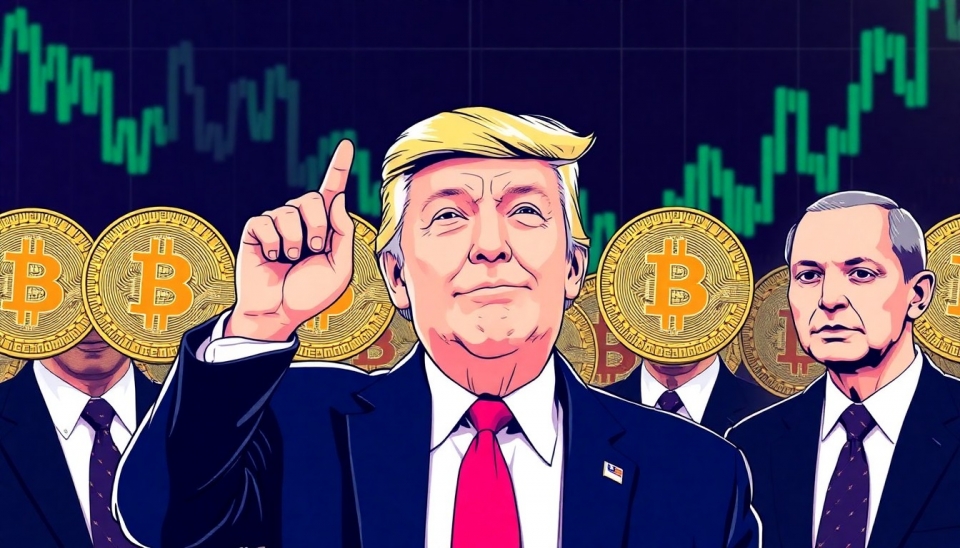
In a surprising turn of events, Bitcoin has fallen below the $100,000 threshold, a significant psychological level for investors and traders alike. This drop comes as newly released economic data suggests an uptick in inflation rates, prompting concerns over potential interest rate hikes from central banks. This information has sent shockwaves through the cryptocurrency market, leading to sell-offs and a reevaluation of cryptocurrency valuations.
The latest economic indicators have shown signs of increasing inflation, indicating that consumer prices are continuing to rise. This development has intensified market speculation that central banks may need to consider tightening monetary policy to rein in inflationary pressures. The scenario is not unique to the U.S. as other economies around the globe are grappling with similar challenges, causing a ripple effect in financial markets.
As investors flee to traditional safe havens such as gold and U.S. Treasuries, digital assets like Bitcoin faced a significant decline in demand. The cryptocurrency’s price, which had previously rallied and climbed to near $120,000, sharply reversed course. Currently, Bitcoin is trading in the range of $95,000, marking a considerable decline that has left many investors puzzled and concerned about the future trajectory of the cryptocurrency.
Market analysts suggest that this downturn could signal a broader trend in the crypto markets, where speculative bubbles often burst in response to macroeconomic factors. As yields on traditional bonds rise, investors may reconsider their allocations in riskier assets. Analysts are keeping a close watch on Bitcoin's performance over the coming weeks as further economic data is expected to be released, which could either stabilize or exacerbate current trends in the markets.
Additionally, experts warn that Bitcoin's volatility is indicative of the overall uncertainty that pervades the current economic landscape. Investors are reminded of the crypto market's susceptibility to external shocks and macroeconomic narratives. The interplay between digital currencies and traditional financial indicators is increasingly becoming a subject of scrutiny among top economists and market strategists.
In conclusion, the recent decline below the $100,000 mark is a reminder for investors that the cryptocurrency market can be particularly reactive to macroeconomic changes. As the clock ticks and more data is anticipated, stakeholders in this fluctuating market must carefully navigate the waters ahead, keeping a keen eye on both economic indicators and Bitcoin's performance.
#Bitcoin #Cryptocurrency #Finance #EconomicData #InterestRates #Investing #MarketTrends #Inflation
Author: Sophia Reynolds




